Plywood Wardrobe
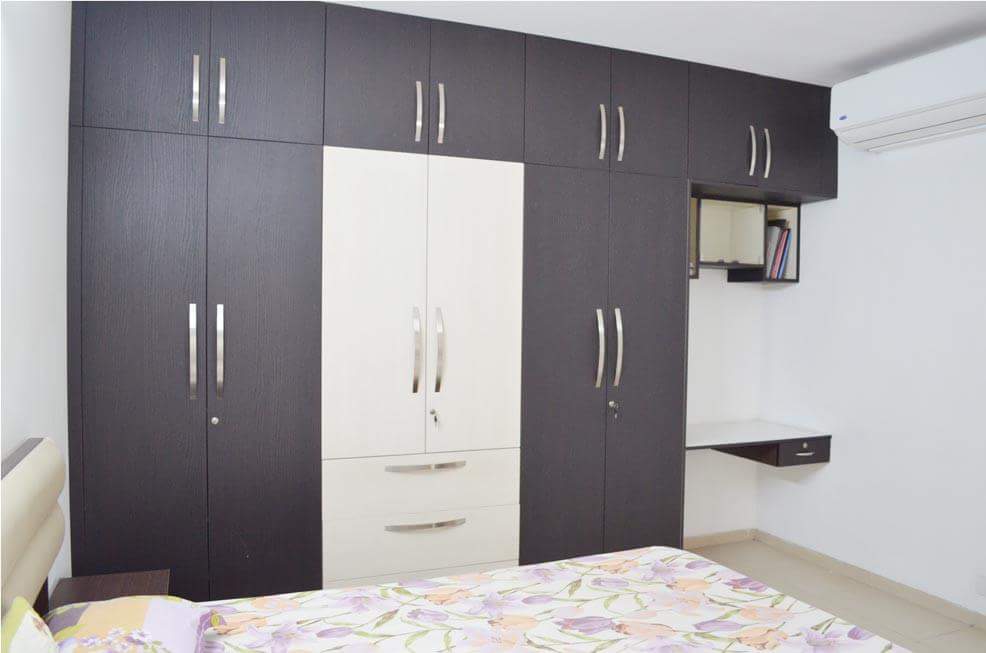
Solid wood vs Plywood
Plywood is an engineered wood made by gluing several layers of veneer in different directions. These veneers are obtained from logs of wood which are peeled into thin layers of sheets. Whereas Solid wood as name suggests is natural wood obtained from trees.
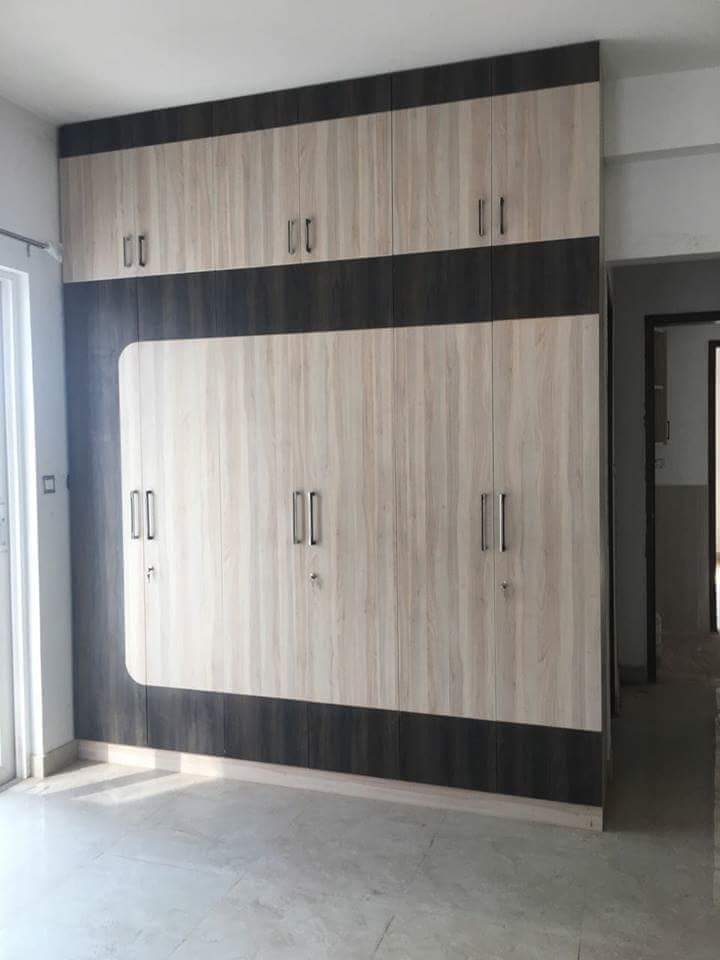 |
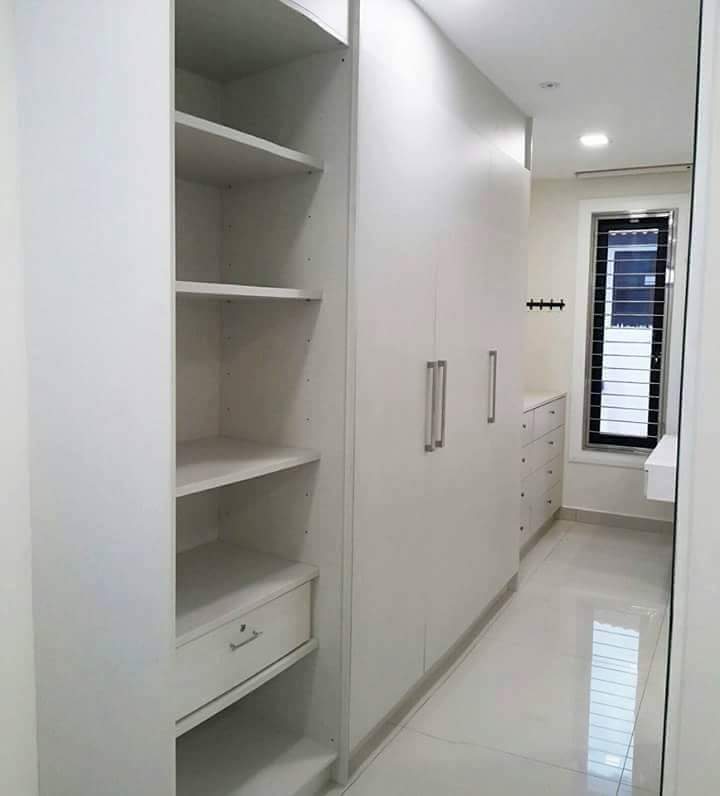 |
Advantages of Plywood over Solid Wood
Minimum Wastage - The usage of solid wood sees a lot of wastage, compared to plywood. Plywood sheets are cut using machines which ensure minimum wastage of wood. It ensures a more complete utilization of the log than lumber manufacturing.
Environment Friendly - Plywood is made from a renewable resource. Hence, it is more environment friendly than solid wood. Eco friendly plywood is one which is sourced from the timber of forests that are sustainable.
Durability - Compared to solid wood, plywood is one which can be found in several variants. Plywood is often termite and moisture resistant. They can also be found in waterproof variants. Thus, there is no swelling or shrinking of the furniture material. Although plywood is available over several price ranges and variants, it scores higher than solid wood so far as maintenance and durability is concerned.
Money Matters - Fine quality solid wood is rare and there is a high demand for it. Hence, it is extremely expensive. Plywood is available over a variety of price range. It can be given the preferred shade, too. Hence, plywood is a clear winner so far as the pricing is concerned.
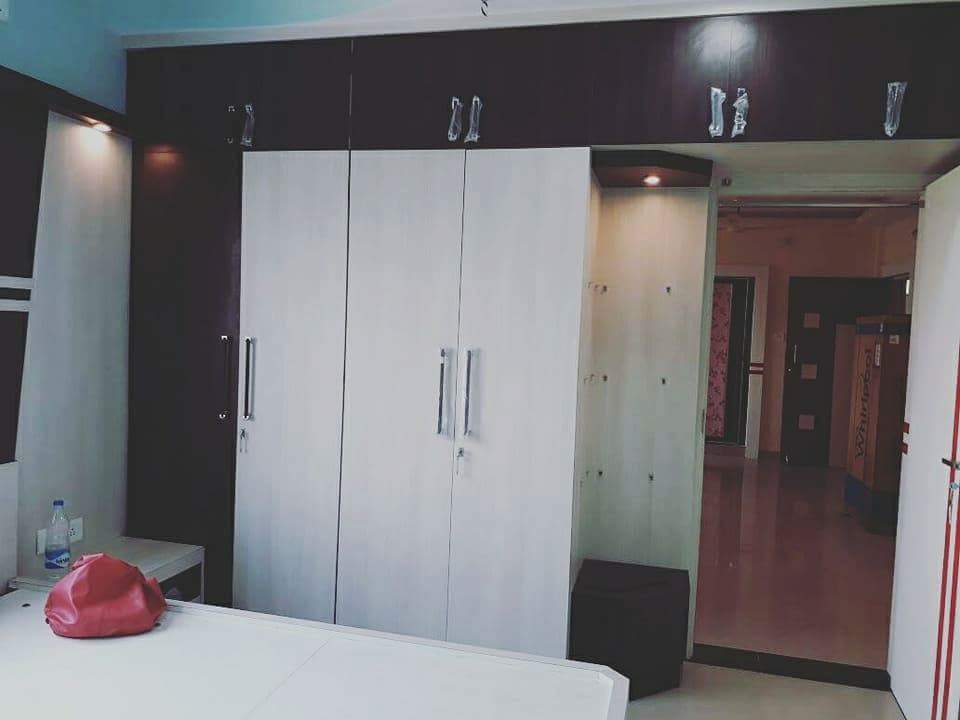
Different kinds of plies are used for interiors and exteriors. Usually waterproof or water resistant ply is utilised for exterior work. By the term interiors, it means that such ply is used for making furniture, doors etc.
Such type of plywood is known as commercial MR plywood, wherein MR is the abbreviation for Moisture resistant. The exterior plywood goes by the term BWP or BWR plywood. BWP stands for Boiling Water Proof whereas BWR stands for Boiling Water Resistant.
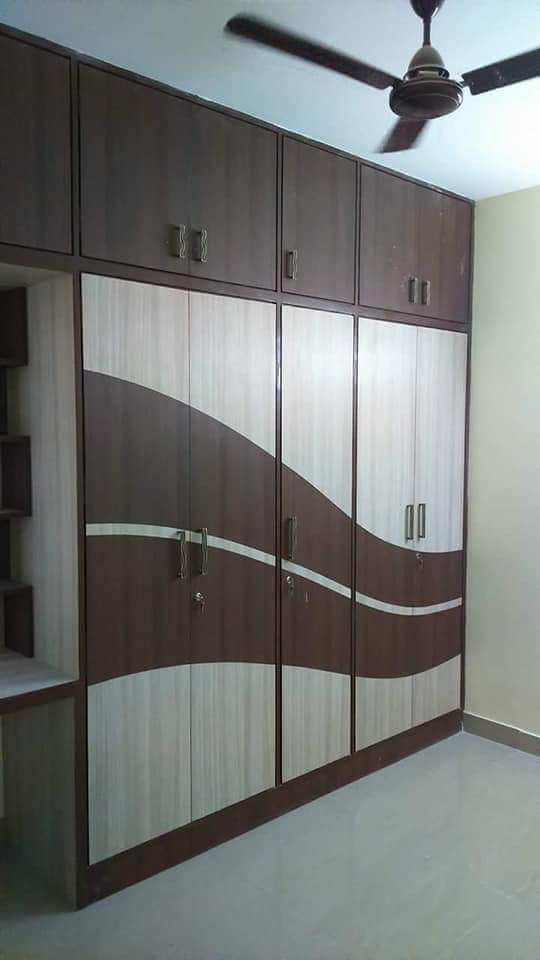 |
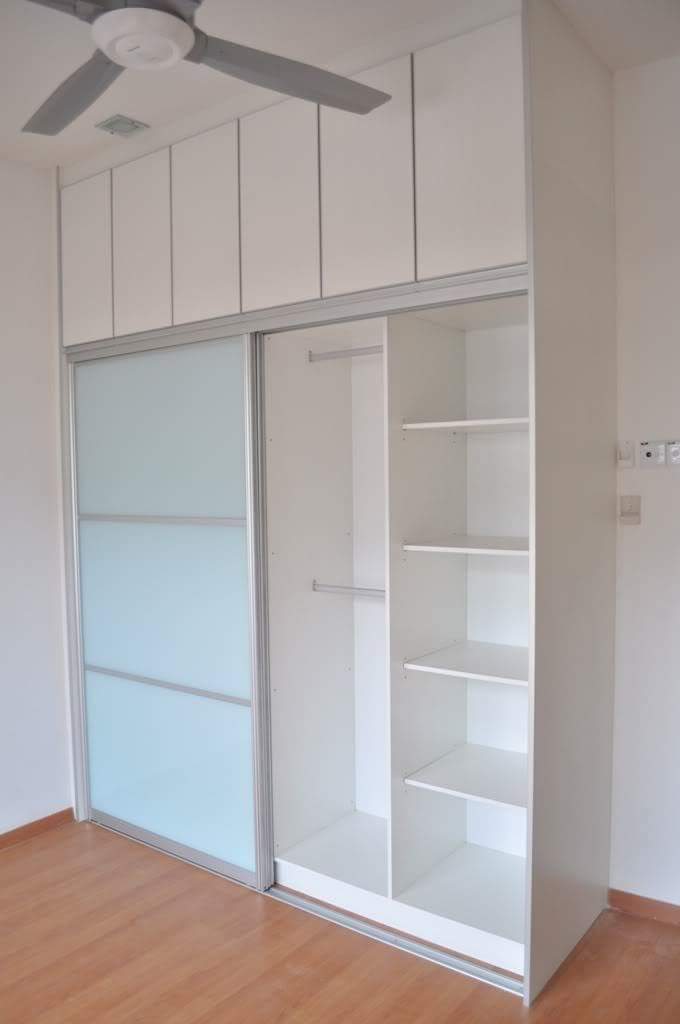 |